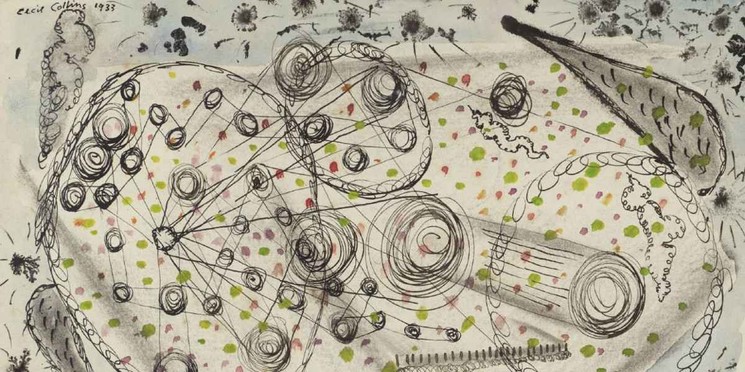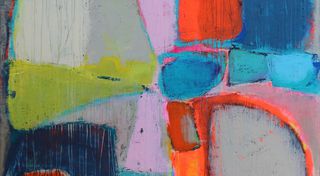

Biography
British painter, printmaker, and teacher Cecil Collins was one of the most acclaimed artists of the 20th century. In his work, he explored spirituality and symbolism, traversing the realms of the unconscious mind and the spiritual essence of humanity. Today, the artist's works, which are highly sought after, are part of numerous private and public collections, including the British Council Collection.
James Henry Cecil Collins was born in 1908 in Plymouth. From a young age, he was interested in art and would spend all his free time drawing. However, for a time, he tried to follow in his father's footsteps and worked as a mechanic. In 1923, he enrolled in the Plymouth School of Art and later went on to study at the Royal College of Art, where he graduated in 1931.
Collins drew inspiration from the writings of William Blake, nature, and the teachings of Rudolf Steiner, founder of Anthroposophy, which emphasized the spiritual dimensions of existence and the interconnectedness of all things. Through American artist Mark Tobey, he learned about the philosophies of the Far East and the Baha'i religion, which also influenced his work.
His earliest works were done in the Surrealist style, and in 1936, he presented them at the International Surrealist Exhibition in London. Feeling confined within the boundaries of the movements, two years later, he broke away from the Surrealists to explore and develop his own unique antistatic practice. In the book The Vision of the Fool (1947), the artist explains that beyond the world of intellect, there is an untapped well that is 'universal and eternal' and that he always created his works from that place.
Drawing imagery from the realm beyond the material world, Collins created a profound spiritual vision expressed through archetypal motifs. His work, full of ethereal figures, angelic beings, and cosmic landscapes, immediately captures the eye of the viewers and invites them to join the artist on the journey into the beyond. There is an ever-present sense of pilgrimage or spiritual quest, wherein the soul embarks on a transformative journey toward self-realization and enlightenment. The elements that allude to that are the often present doorways and paths. Collins also explored the archetype of the divine feminine. He saw it as a vital element without whom the cosmic order could not exist, as she embodied fertility, wisdom, and nurturing qualities.By combining expressionism, surrealism and primitivism, the artist successfully created an emotionally evocative aesthetic. Yet his masterful use of vibrant colors and tonal contrasts inspired countless generations of young artists.
After Cecil Collins' death, his widow donated 250 of his paintings to museums and galleries across the UK. The artist had numerous solo and group exhibitions throughout his career, including (2023) at Modern Art in London and (2020) at Piano Nobile London.
Nationality




